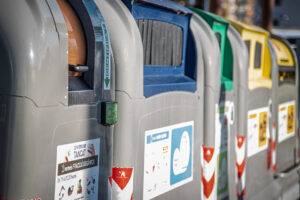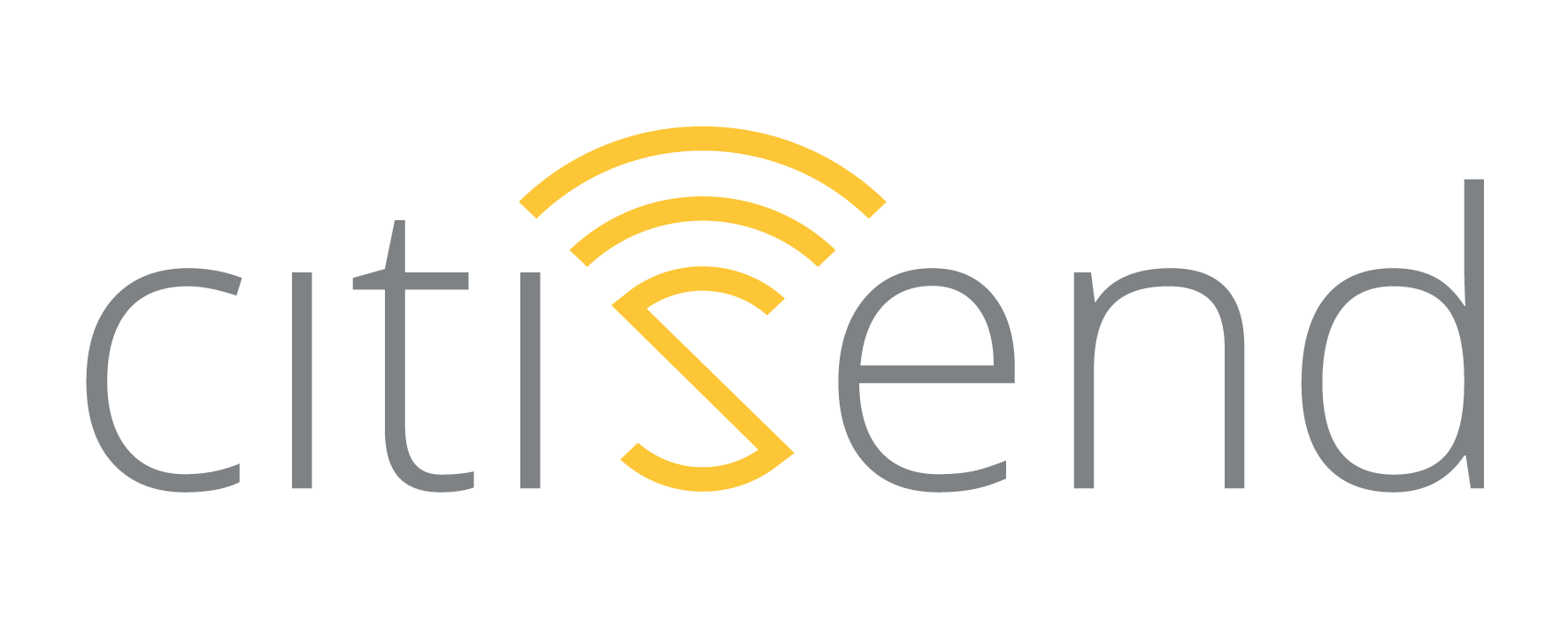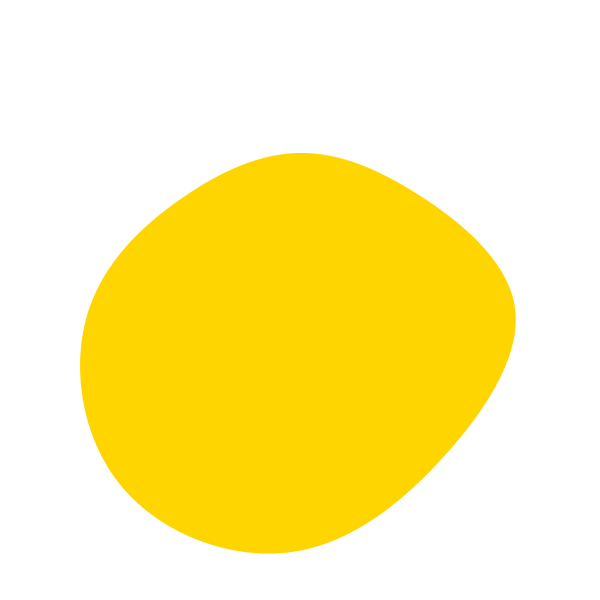Reward those who do it well
The main objective is to improve public awareness of the importance of separating waste. And, despite the fact that the data last year were slightly more positive than in previous years, in the city only 33.17% of waste was recycled. It is a figure far removed from the objective of recycling 60% set by the General Program of Prevention and Management of Residus and Resources of Catalonia for 2020.
The new system will allow the Department of Neteja of the City of Tarragona to know the intensity with which a certain address uses these two containers. At the moment it is only an informative matter, but the idea is that in the future recycling well is rewarded in the garbage bill that is currently calculated based on the category of the street. This is one of the aspects that we want to change in the next garbage contract scheduled for 2023.
In fact, in other municipalities where the model is being implemented, despite the fact that the neighbors have not yet seen their effort rewarded in the invoice, the mere closure of the containers has considerably increased the percentages of separation.
How to find the card
It is expected that at the beginning of the week of July 19 the residents of El Serrallo and Cala Romana will receive an explanatory letter of the new system with information on where to look for the key card or a QR code if they prefer to have an App on their mobile. Of course. It should be clarified that the identification is not linked to a specific person but to a home.
In addition to the points that will be placed on the street to deliver the cards, an operation will be carried out to deliver them door to door with informants who will work from Monday to Sunday at different times in order to find the neighbors in their homes.
It is expected that in that same week, the containers will already have the closing devices for a few days so that the neighbors familiarize themselves before closing them. At the moment, it is not foreseen that the schedules or days in which the garbage can be thrown away in these two fractions will be limited.
These three neighborhoods have been chosen because they represent diverse characteristics in terms of population density, socioeconomic situation or presence of businesses.
After contacting other municipalities and different suppliers, the municipal technicians decided that in each of the three neighborhoods a different technology is installed to compare which one works better.
The model does not imply a change of containers but that the system is coupled to those that already exist. The purchase and installation of the devices will be charged to items of the garbage contract that were not used last year.
Intensive information campaign
Where an important economic effort will be made is in the information to the neighbors. In fact, the campaign, which will last seven months, went out to tender for 51,351 euros.
In addition to informing when the cards are delivered (at the points installed on the street or at home) there will be informants at the foot of the container to solve any doubt and report any problem if something fails. They should also contact neighborhood associations and merchants as well as other entities in the neighborhoods. The entire information process will last at least until December.
To this group will be added eleven civic agents hired within the framework of the occupation plan ‘TGN pel Civisme’ who are being trained in this regard.
The councilor of neteja, Jordi Fortuny also points out that the change of model will be carried out in the middle of summer, a time when the generation of waste increases, so he considers that the work of civic agents will be of great help.
As the councilor recalls, each ton of ‘rebuig’ costs 100 euros to burn it in the incinerator, something that represents 4 million euros per year for the city. Therefore, he points out, recycling correctly is not only an ecological issue, but also has a very large impact on the city’s economy.
Conscientious neighbors
The city council has already brought the changes to the attention of the Federació d’Associacions Veïnals de Tarragona.
The president of the Associació de Veïns de Cala Romana, Saül Garreta, one of the neighborhoods where the test will begin, explained that the idea seems “very interesting; recycling is very important and we must try to improve as much as possible. One of the big problems we have is incivility, which in some cases can be more a matter of ignorance than bad intention… Instead, if people leave a trace of what they do, if they know there is control, they may be more concerned with doing better.”





